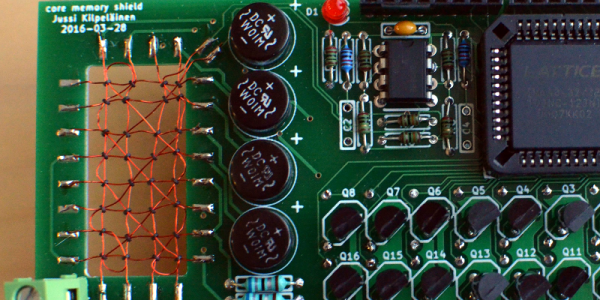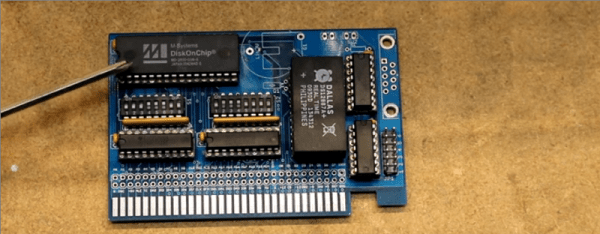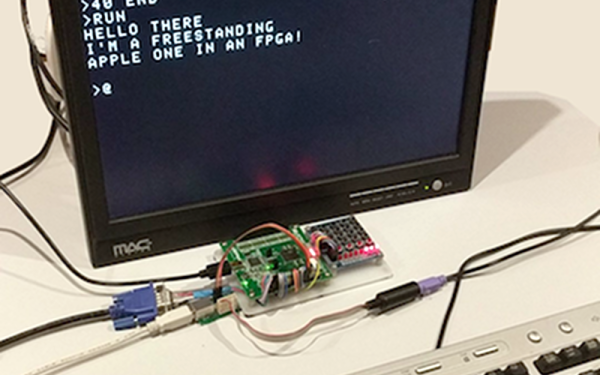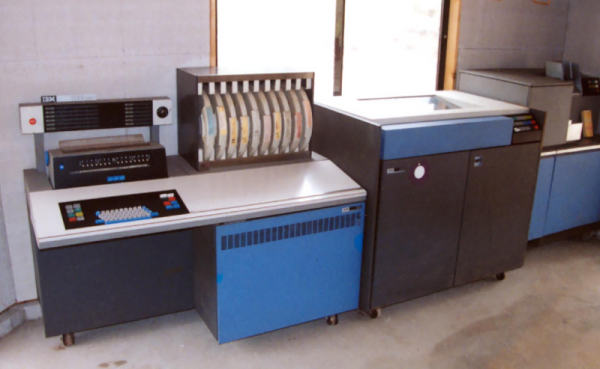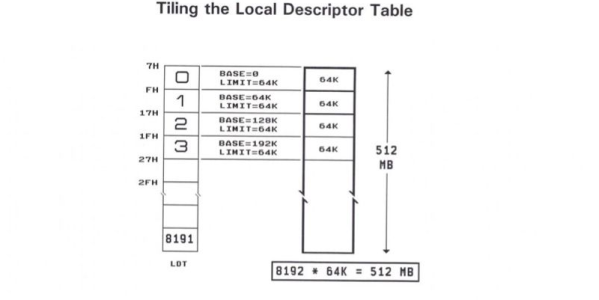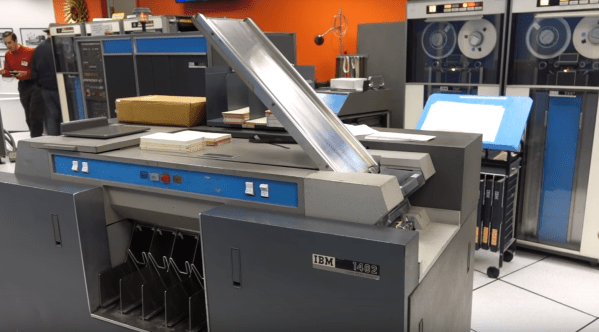The IBM 1401 is undeniably a classic computer. One of IBM’s most “affordable” mainframes, it ruled the small business computing world of the 1960’s. Unfortunately, computers aren’t often thought of as treasured heirlooms, only a handful of these machines survive today. The computer history museum has two machines. One from Germany, and the other recovered from a basement in Connecticut back in 2008. [CuriousMarc] and the rest of the team at the museum have been working diligently to restore the 1401, and they’ve hit quite a milestone — They can now compile and run FORTRAN II code.
Getting the 1401 to run FORTRAN II itself is quite an accomplishment. The hardest part was dealing with the 729 vacuum column tape drives. The team spent years building a hardware emulator which takes the place of the real drives. The emulator is driven by an old PC running windows. Tape images are stored as files, which can be loaded, rewound, and run just like a real 729.
Emulators are great, but [Mark] and his team wanted this to run on the real hardware. They first had to re-create a FORTRAN compiler tape. They ran a tape copier program on the 1401, then loaded an image of the compiler on their emulator. The computer dutifully copied the image to a real tape drive.
The team also needed a punched card deck of FORTRAN source code to compile and run. The first example in the FORTRAN manual is a Hilbert Matrix program. The team could have used a keypunch machine to punch the cards for the program, but that is a painstaking and error-prone process. One mistake, and they would have to re-punch an entire card — much like using an old typewriter with no White-Out or correction ribbon. Instead, they typed the source into a PC, then converted the file to a tape image. A small program instructed the 1401 to punch the source code out on cards for them.
At the moment of truth, shown first in the video, the 1401 reads FORTRAN II from tape, pulls in the source code from punched cards, compiles, runs, and then prints the result on its line printer. All the original hardware singing along just like it did in 1959.
If you haven’t been to the Computer History Museum yet, check it out! It’s also the site of Vintage Computing Festival West.
Continue reading “IBM 1401 Runs FORTRAN II Once More” →

